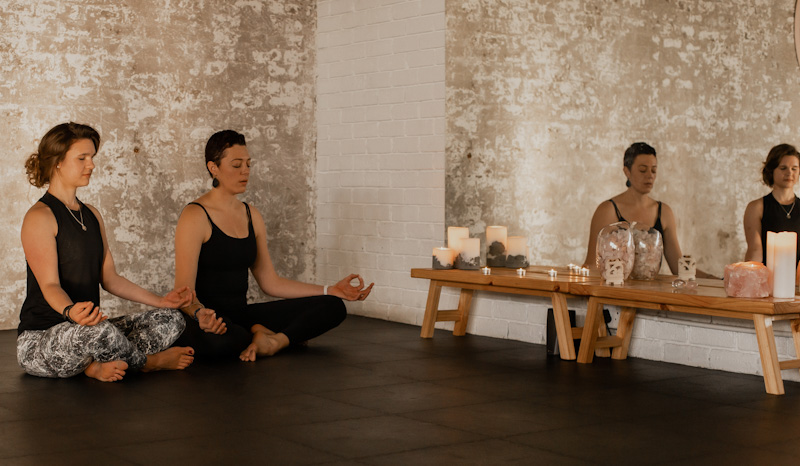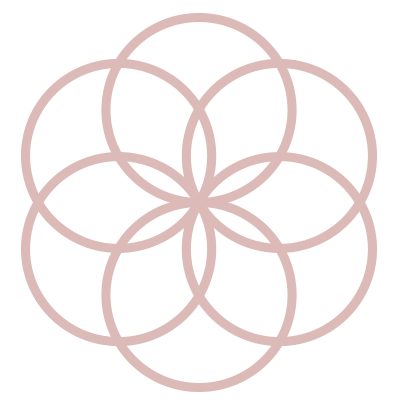THE DIFFERENCES
The Pilates exercise system is just that. It is a specific set of exercises executed in a particular way, on specific equipment. Classical Pilates focuses on strengthening the body via the mat and/or reformer sequence, while the auxiliary apparatus assist in addressing the imbalances or deficits in order to improve the mat and reformer sequences. The apparatus can also be used as a workout on its own. Different types of Pilates have different names for their apparatus and exercises, but the principles remain the same. It is because of the strengthening aspect while addressing muscular imbalances as well as the low impact nature that Pilates has become so popular in the world of exercise rehabilitation. It is also a popular cross-training modality recommended to professional and amateur sports people alike.
In terms of the physical body, yoga addresses the body and body movement with strength, flexibility and control often with little or no use of equipment. Usually, equipment is used to make a position or posture more accessible with the idea that as the body progresses, the equipment is no longer required and therefore falls away.
The real differentiating factor between Yoga and most other exercise modalities, is that yoga addresses the body as one part of a much bigger picture.

The yogic view of the human body is that the body is made up of five parts, known as the five layers of being or five koshas, where kosha means sheath. These sheaths are the annamaya kosha or physical body; the pranamaya kosha or vital energy body; manomaya kosha or mental body; vijnanamaya kosha or wisdom body and anandamaya kosha or bliss body. A yoga asana practice addresses the first physical body – the annaymaya kosha. The pranayama practice or breath control addresses the second, energetic body or pranamaya kosha and so on.
To participate in yoga and address only one of these bodies, loses some of the essence of that which makes yoga what it is and what makes it different to an exercise class at a gymnasium. So a yoga class should include aspects which address one or two of the five bodies to varying degrees. This usually takes the form of breathwork and/or meditation after the body postures. The degree to which each aspect is focused on is dependent on which style of yoga is practiced as well as how long one has been practicing. Yoga has an extraordinarily rich history with many different schools in philosophy, but essentially it boils down to the fact that the yogic journey is a spiritual one with the end goal of eventually achieving ‘enlightenment’.

